7 Repotting Mistakes Everyone Makes & How To Avoid Them!
Repotting plants is like giving them a new lease on life – but it can turn into a comedy of errors if you’re not careful. Have you ever excitedly potted a plant only to find it wilted and sad the next day? 🌱
Oops! We’ve all been there. It’s almost a rite of passage for plant parents to fumble through a repotting session before finally getting the hang of it.
Avoiding common repotting faux pas is easier than you might think. I’m going to share my tried-and-true tips to keep your green buddies thriving.
Remember that time I repotted my favorite cactus without gloves? Yeah, let’s not go down that prickly path. 🌵😅 Share your own repotting fumbles in the comments – we could all use a good laugh and learn something new!
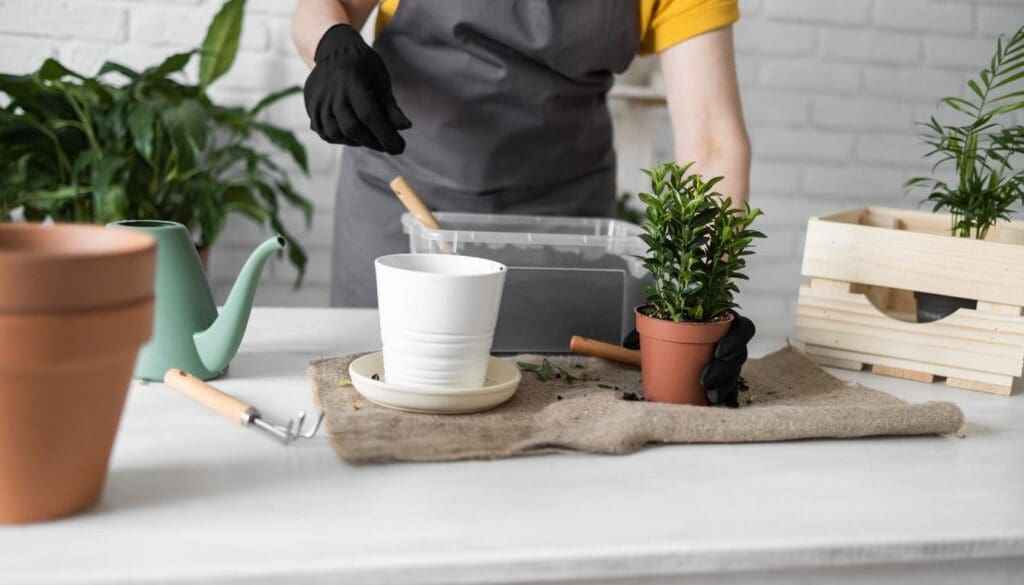
Please note: Simplify Plants is reader-supported. Some links in the post are affiliate links and I get a commission from purchases made through links in the post.
Understanding the Basics of Repotting
Before we dive into the nitty-gritty, let’s establish the groundwork. Remember, folks, repotting isn’t just about giving your plant a new home; it’s a pivotal moment in its life, so let’s do it right!
Choosing the Right Time
Have you ever pondered when your green buddies really crave a move? The best time is when they’re actively growing, typically in spring or summer.
This is when plants are in their prime growth-spurt mode, making them more resilient to the stress of moving.
Imagine starting a new workout routine – you’d rather switch it up when you’re feeling peppy, not during your hibernation season, right? 🌱 💪
Selecting the Correct Pot Size
Now, sizing is key! Go too big, and you risk waterlogging your plant’s delicate roots. Too small, and you’ll stunt its growth faster than eating an entire pizza can ruin a diet.
Aim for a pot that’s about 1-2 inches larger in diameter than the old one. This size gives your plant ample space to grow without drowning in excess soil.
Think of it like upgrading from a cozy studio to a one-bedroom apartment—just enough extra room for those fancy dance moves! 🕺🌿
Remember, I’m rooting for you and your plants! If you’ve got some repotting wins, mishaps, or funny tales, drop them in the comments, and let’s share a giggle or two! 😄👇
The Importance of Potting Mix
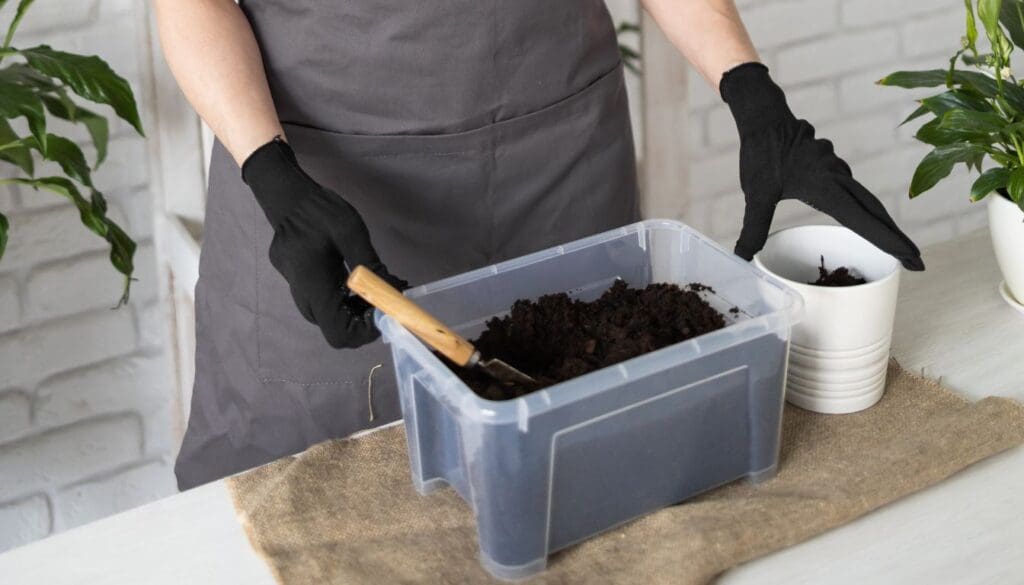
Trust me, choosing the right potting mix is like picking the perfect mattress for a good night’s sleep – it can make all the difference!
Let’s dive into what makes a quality mix and how to match the mix to your plant babies’ needs. 🌱 💤
Identifying Quality Mix
I always say, don’t judge a book by its cover or a potting mix by its bag!
A top-notch potting mix should be fluffy, light, and have a mix of ingredients that scream “spa day” for your plants. Look for a mix that boasts:
- Good drainage to keep those roots from drowning.
- Water retention because, just like me, roots love a sip now and then.
- Sufficient aeration, because who doesn’t need a little breathing room?
Mix Components for Different Plant Types
Now, let’s matchmake your greens with their dream mix! 🌼🪴
- Succulents and cacti: They adore quick-draining soil. Think gritty, like a beach vacation for your potted pals.
- Orchids: Say yes to bark-based mixes. They crave open-air roots vibes.
- Tropical plants: Go for peat-based mixes; they love to stay moist, like a tropical rainforest.
- Vegetables and herbs: Look for rich, nutrient-packed mixes that cater to these hungry champs.
Remember, folks, one size does NOT fit all in the world of potting mixes. What mix has your plant thriving like a superstar? Comment below and let’s swap soil stories!
Recognizing When to Repot
Before you grab your potting soil and gardening gloves, ensure you’re repotting at the right time! Timing is everything when giving your green pals a new home.
Signs of Root-Bound Plants
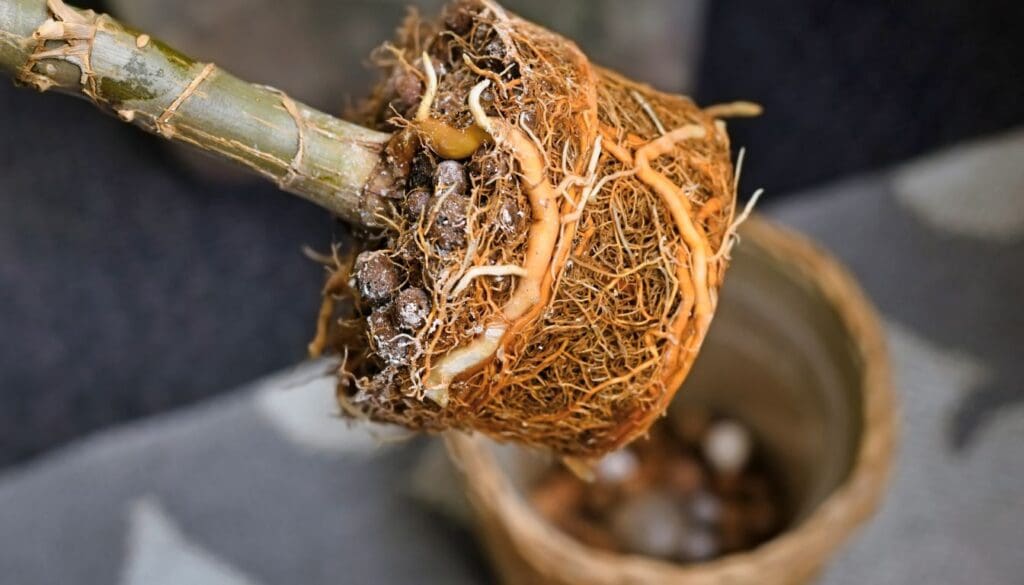
Have you ever seen roots peeking out of the drainage holes at the bottom of a pot or wrapping around the inside like they’re trying to escape? That’s a classic sign I look for.
Also, if the soil dries out faster than a sponge in the sun, it’s probably because there are more roots than soil. Signs your plant is root-bound:
- Roots growing through drainage holes 🕳️
- Roots circling the inside of the pot
- Soil drying out super quickly
Growth Rate Observation
How’s that little buddy growing? Has your plant been putting out new leaves slower than a sloth on a lazy Sunday? A slowed growth rate can mean it’s time for a change. Keep track of your plant’s growth; if it’s not keeping up with its usual pace, this could be a tell-tale sign it needs more space. Here are specifics to watch for:
- New leaves: Fewer or smaller than usual? 🍃
- Overall health: Does it look like it’s lost its mojo?
- Season: Best done in the growing season – spring or early summer!
👀 Spotted any of these? Sound off in the comments if you’re gearing up for a repotting session soon, or share your own tell-tale signs!
Repotting Techniques
I’m here to let you in on a little secret – nailing the repotting process is easier than you think! Keep your plants thriving with some handy know-how and a sprinkle of TLC. 🌿✨
Proper Root Handling

When it comes to roots, think of them as the heart of the plant – treat them with extra care! First off, resist any temptation to yank your plant out.
Gently tease the roots apart if they’re tangled. If you spot any dead or rotting bits, snip them away with clean scissors.
Remember folks, it’s like a hair trim for your plant – out with the old to make way for new growth!
And hey, have you ever accidentally torn roots during repotting? Don’t sweat it, it happens, but let’s try keeping those roots happy and intact, okay?
Layering for Drainage
Next up: the unsung hero of the plant world – drainage! Think of this like the foundation of a house; it’s essential. Start with a layer of rocks or broken terracotta pieces at the pot’s base.
Then, add your potting mix. This nifty trick prevents water from pooling at the bottom. No one likes soggy feet, especially not your plants, am I right?
And there you have it, a couple of simple yet pivotal steps for repotting your green buddies. Give it a try and share your success stories (or oops moments 😅) in the comments below. Your plants and I are rooting for you! 🌱💪
Common Mistakes
When I first started repotting my plants, I quickly learned it’s not just about taking a plant from one place and plopping it into another. It’s an art, and there’s definitely a wrong way to do it!
If you’ve inadvertently turned your Monstera into a sad-ster-a, you’re not alone. Let’s dig into some common slip-ups that even green thumbs make.
Overpotting
Have you ever seen a tiny plant swimming in a giant pot and thought it looked kinda funny? Well, it’s not just the aesthetics that are off.
Overpotting is like giving a toddler an entire mansion to live in. Sure, they have room to grow, but it can be downright overwhelming!
Your plant’s roots can’t absorb all the moisture in a huge pot, leading to soggy soil and rot faster than you can say “help, I overdid it!” Stick to a pot that’s just a couple of inches larger in diameter than the old one.
Excessive Disturbance of Roots
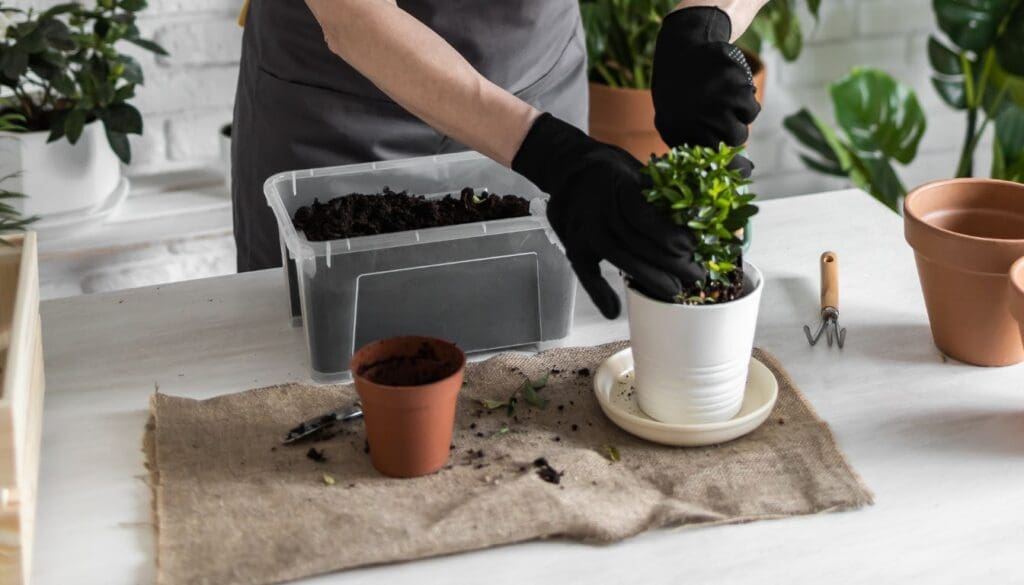
I get it—it’s tempting to become a root detective and check out every single strand when you repot. But here’s the truth: your plant’s roots are like its private diary, it doesn’t want you rummaging through it!
Being too hands-on can break fragile roots, causing excessive disturbance. When you repot, handle the root ball with the same care as if you were holding a dozen donuts…
No one wants squished donuts, right?
Ignoring Pot Drainage
Raise your hand if you’ve ever thought, “This pot is cute; it’ll work without holes.” 🙋♂️ Big nope!
Ignoring pot drainage is like wearing socks in the shower—you’re gonna end up with a soggy, unhappy situation.
And just like wet socks, soggy plant roots can lead to all sorts of nasty stuff, like root rot. Always opt for pots with drainage holes or get creative and drill some yourself.
Have any of you committed these plant faux pas? Confess your repotting sins below, and let’s grow together! 🌱
And if you’ve got more tips, share those too—we can all use a little help avoiding the common pitfalls of potting.
Post-Repotting Care
After repotting, it’s like your plant is moving into a new home, and they need a bit of time to settle in!
Getting watering just right and tweaking the light and temperature is like helping your green buddy acclimate to their new digs.
Watering Practices
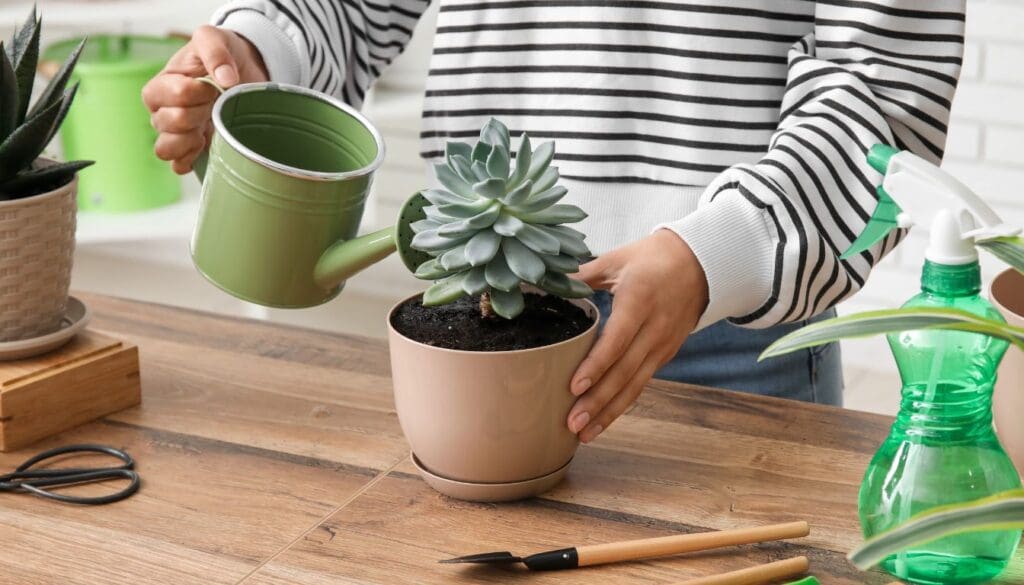
Did you know that over-watering is the equivalent of helicopter parenting for plants? 😅 Just after repotting, resist the urge to drown your plant with love.
Give it a moderate drink to help the roots recover. Here’s a quick tip: Check the top inch of soil with your finger—if it’s dry, it’s time to water!
Adjusting Light and Temperature
Now, who doesn’t love a spa day? 🧖♀️ Think of adjusting light and temperature for your plants as creating a relaxing spa environment.
If it’s usually a sunbather, keep it in a slightly shaded area before slowly reintroducing it to its favorite sunny spot.
Does it enjoy cooler temps? No saunas right after repotting, please! Keep it in a cooler spot, away from direct heat sources.
Curious how others pamper their plants post-repot? Share your tips or questions in the comments below! 🌱💬
Troubleshooting After Repotting
Who knew that after you repot your beloved plant, you’d turn into a plant detective? 🌱✨ But seriously, keeping an eye out for any signs of distress is crucial for your green buddy’s recovery!
Spotting Stress Symptoms
After I’ve repotted a plant, I look for stress symptoms. It’s like checking for post-op complications, but for plants! Yellowing leaves, droopy stems, or dry leaf edges can be cries for help. Ask yourself:
- Is my plant getting too much sun or not enough?
- Have I been overwatering or underwatering?
Wilted leaves could simply be a sign of transplant shock; it’s pretty common and plants usually need some time to adjust to their new home 🏡. A little TLC and patience often do the trick!
When to Seek Help
Sometimes, a little online advice just won’t cut it and you have to call in the pros. If you’ve ruled out common issues and your plant is still looking sad, it might be time to seek help. Here’s my go-to checklist:
- Root health: Are the roots white and firm, or brown and mushy?
- Pest check: Any unwelcome creepy crawlies in the soil?
If you spot mushy roots or pests, consider reaching out to a local nursery or a plant-savvy friend for advice! Don’t worry, we’ve all been there, and trust me, it’s better to ask for help than to end up running a plant hospice.
Have you guys had any post-repotting dramas? Drop your stories or questions below and let’s tackle these plant puzzles together! 🌵🔍 Remember, sharing is caring, so hit the share button if you found this helpful!
Conclusion

Repotting can sometimes feel like a plant-parenting pop quiz, but armed with knowledge and a touch of humor, you’ll pass with flying colors! 🌻 Remember these simple tips:
- Right size pot – Not too big, not too small, but just right for my plant’s “shoes.”
- Proper soil mix – Just like I wouldn’t want to wear a soaking wet jacket, my plants don’t want soggy roots.
- Gentle touch – I handle my plants’ roots as I’d want a hairstylist to treat my curls: with TLC. 🌸
Did I time-travel to a future full of thriving houseplants? No, I just learned to avoid these missteps. Now, let’s turn those brown thumbs green together!
Have you made any of these repotting errors before? How did your green pals recover?
Drop your stories or tips below – I’d love to hear them! And if you found this helpful, why not share with your fellow plant enthusiasts? 🌿💚
Recommended Garden Supplies
| Product Image | Our Recommended Gardening Supplies | Check Offers! |
|---|---|---|
Top Top
Top
Top
Top
Top
Top
Top
Top | rePotme Houseplant and Tropical Classic Potting Soil Mix | Check Offer On Amazon |
 Top
Top
Top
Top
Top
Top
Top
Top | Espoma Organic Indoor Plant Food | Check Offer On Amazon |
 Top
Top
Top
Top
Top
Top
Top
Top | GooingTop LED Grow Light 6000K Full Spectrum Clip Plant Growing Lamp | Check Offer On Amazon |
 Top
Top
Top
Top
Top
Top
Top
Top | Soil Moisture Meter | Check Offer On Amazon |
 Top
Top
Top
Top
Top
Top
Top
Top | Govee Hygrometer Thermometer, Bluetooth Enabled! | Check Offer On Amazon |
 Top
Top | LEVOIT Humidifiers for Large Room(Best For Plants) | Check Offer On Amazon |
 Top
Top
Top
Top
Top
Top
Top
Top | Upgraded DIY Automatic Drip Irrigation Kit, 15 Potted Houseplants Support | Check Offer On Amazon |
 Top
Top
Top
Top
Top
Top
Top
Top | Stainless Steel Heavy Duty Gardening Tool Set | Check Offer On Amazon |
 Top
Top
Top
Top
Top
Top
Top
Top | Bonide Insecticidal Soap | Check Offer On Amazon |
 Top
Top
Top
Top
Top
Top
Top
Top | Bonide 32 oz Spray Neem Oil for Organic Gardening | Check Offer On Amazon |
 Top
Top
Top
Top
Top
Top
Top
Top | Garden Safe Fungicide | Check Offer On Amazon |

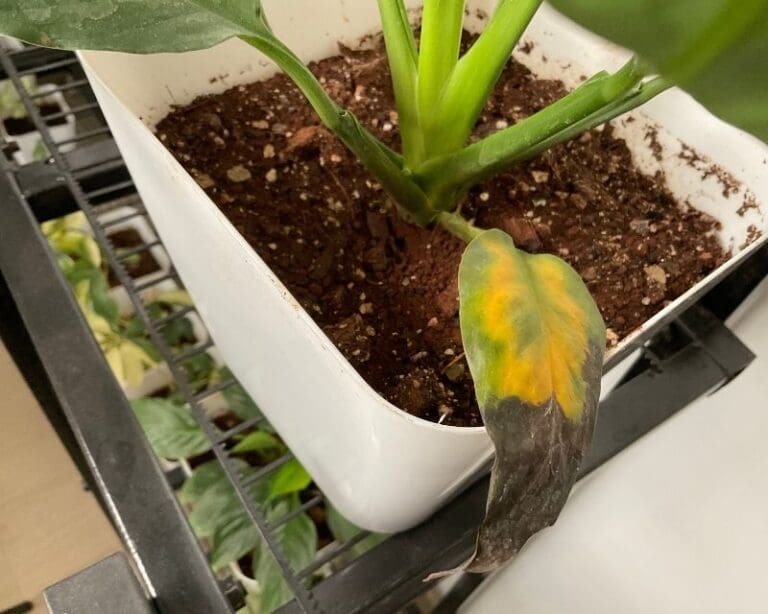
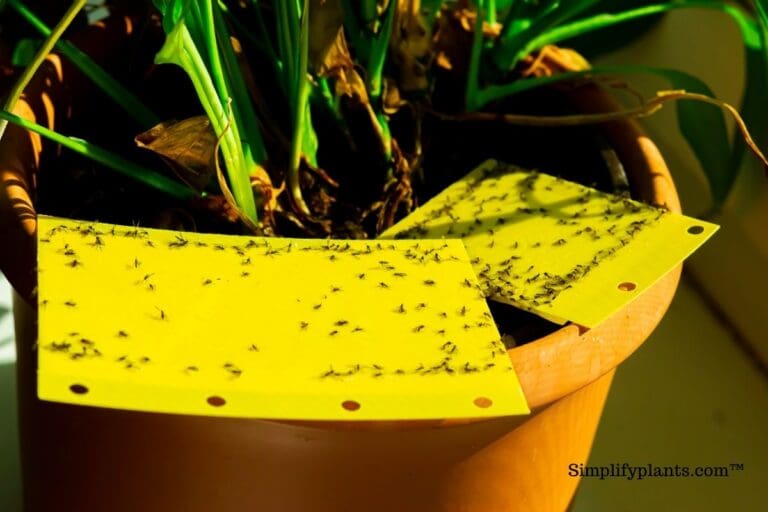




I am new to fairly house plants and repotted some yesterday from my son’s funeral. I realized I used the wrong potting soil, just used outdoor stuff. 🤦🏻♀️ Can I repot them in correct soil today or would it be worse to repot them so soon?
Hey marie,
I think you can do so if the plant is showing any sign of stress, if not then let it be just control the watering situation and it should be good!
Hoping for a quick recovery for your plants!
If you have to wash and rinse the roots (mold was forming on the bottom roots and top of the soil, plus a history of pests), and repot in an entirely different medium, is it enough to just water enough to settle the soil, or should you give it a hefty drink?